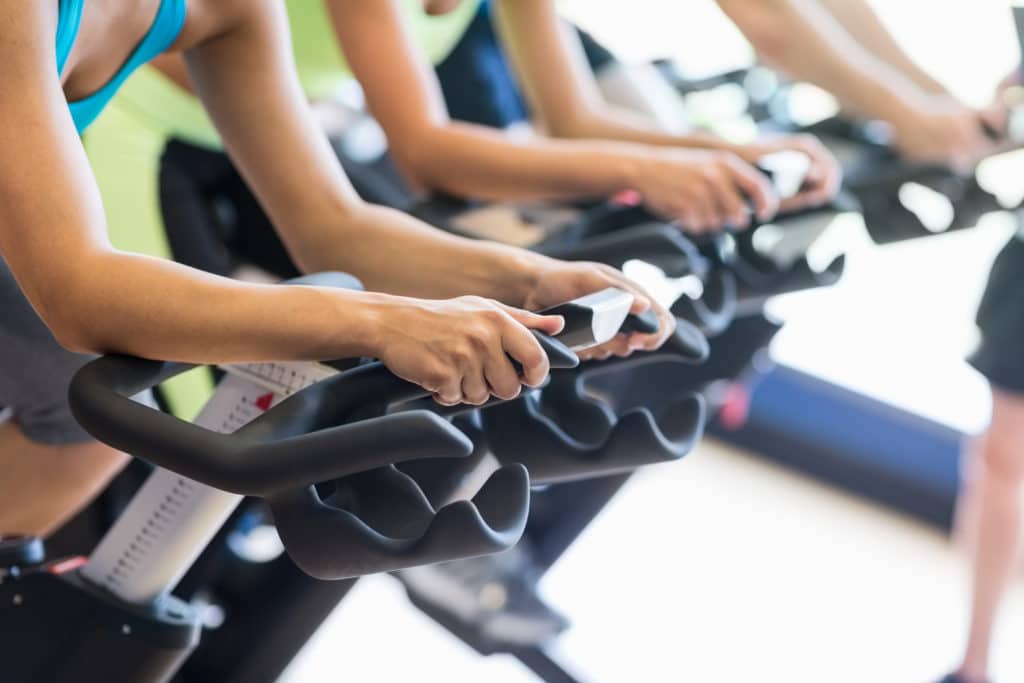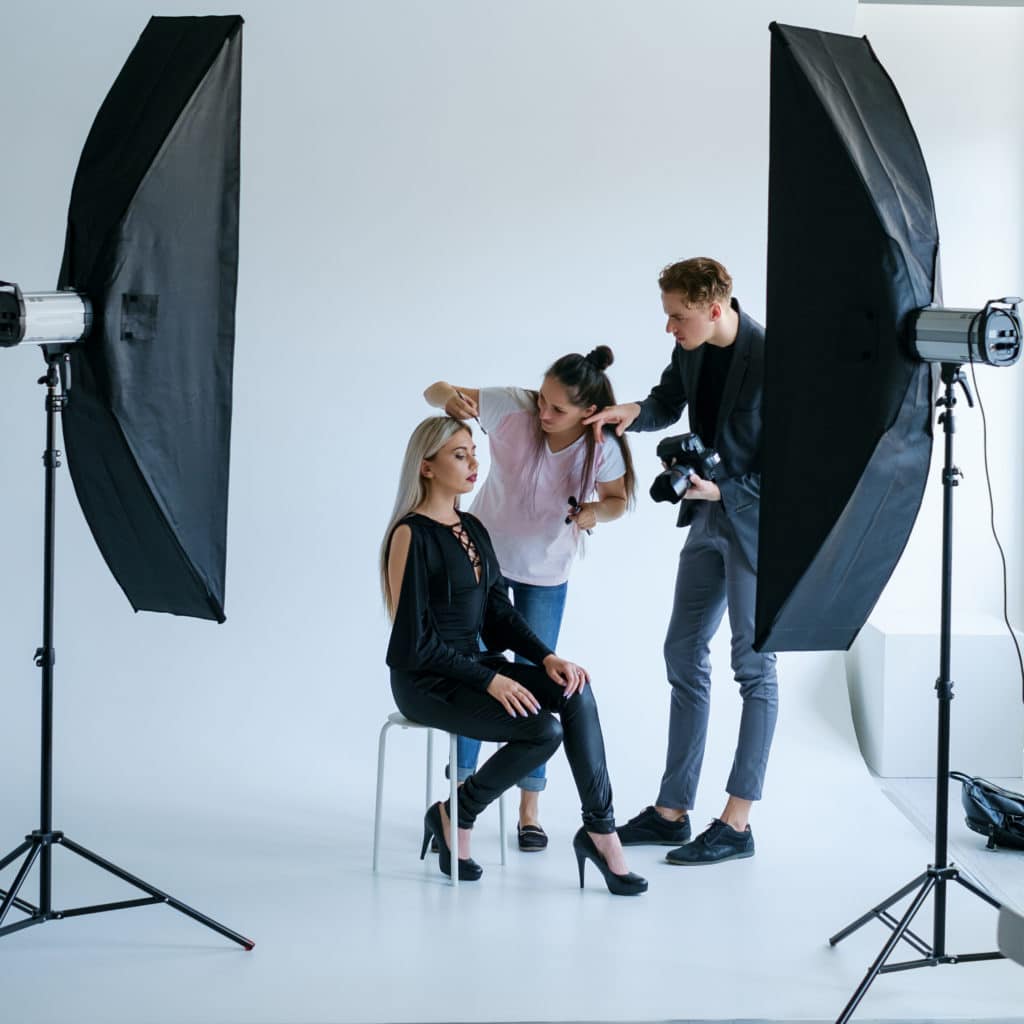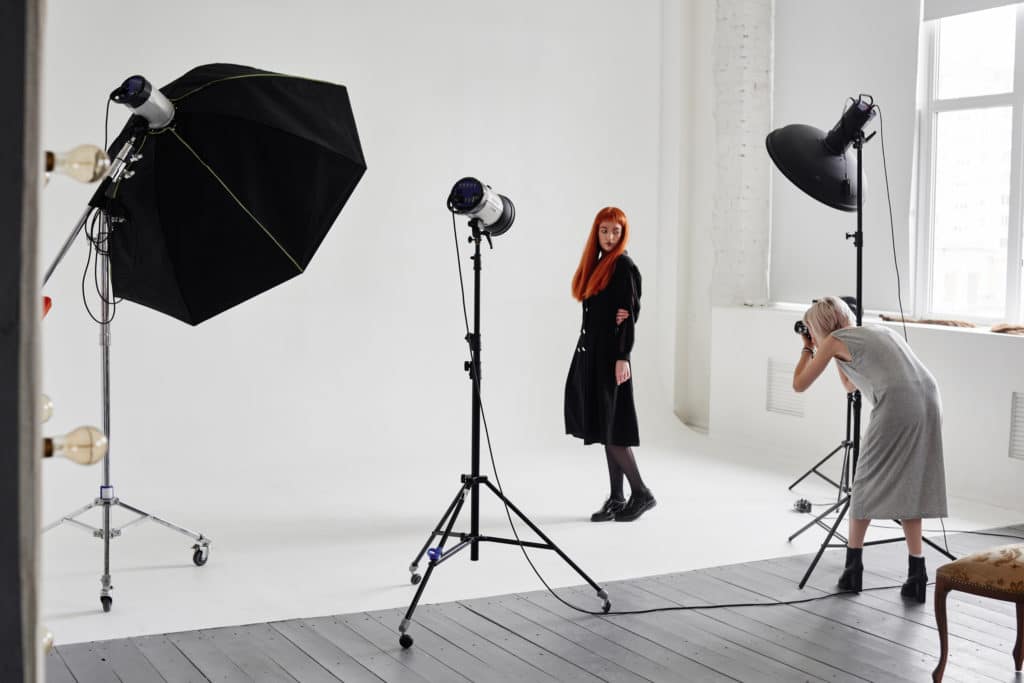Are you dreaming of becoming a model? Although it is possible to succeed without a lot of training, modelling is a tough business that takes a lot of hard work to succeed in.
Read on for some expert advice on how to become a model.
Can Anyone Be a Model?
Anyone with passion and determination can become a model. However, the modelling industry is notorious for its strict specificity; those with a certain look will find it easier to succeed, while those who don’t fit the stereotype will likely find it harder to be noticed.
Models usually need to meet a certain height, body shape and look to be considered, especially in high fashion. Typically a female model must be over 5″8 and have a small waist and hourglass figure. They must also have a specific bust and hip size. Men must also have a proportional body shape and minimal body fat.
However, there are some modelling agencies who work with people who do not meet these requirements; for example, petite models, fitness modelling, body part modelling and plus-size models. Alternative models are regularly used to help brands better reflect their customers. Models with tattoos, piercings and brightly-coloured hair are considered alternative.
Other niches of modelling such as commercial modelling are far more lenient than high-fashion/runway modelling, so if you don’t meet the strict requirements of high-fashion, don’t worry – there are plenty of ways you can still have a successful modelling career.
What Skills Do You Need to Be a Model?

You don’t have to go to modeling schools to be a model. There are several skills that will help you become a successful model:
- Photogenic. Obviously a model must know their angles and understand how to pose in front of the camera. They must understand how to work with the light and how to position their bodies to make the most out of whatever they’re wearing.
- Confidence. A model must be confident enough to meet and work with new people every day. They must also feel confident having all eyes on them. A model will also face a lot of rejection, so they must be confident enough in themselves to not let critique affect them.
- Flexible. The modelling industry is not a 9-5 Monday-Friday job. There is a lot of travelling involved and you may be requested to work odd hours. A model must be flexible enough to attend castings and jobs whenever they are required. They must also be happy to drop social plans if a job changes. If you are the type of person who hates not knowing what they’re doing from one week to the next, you may find modelling a difficult career.
- Communication. A model must have excellent communication skills via phone, e-mail and – most importantly – in person. Models must constantly meet and work with people they don’t know. They must also communicate effectively with their agent so they know when and where they are required for jobs and interviews.
- Patience. Modelling can require a lot of waiting around. A model must wait to find out if they have a job, they must wait between takes, they must wait while sets and photographers get sorted.
- Listening. A fashion model must be able to listen well. They will be given direction by brands and photographers that they must follow. They will also be given tips and advice from their modelling agency. They must also listen for any dos and don’ts given to them regarding specific jobs and interviews.
What Do Models Eat?

A model’s diet and exercise routine is very important as it is a model’s job to look good at all times. A lot of a model’s time is spent working out and eating well.
Model’s do not follow a set routine – all bodies are different and react differently to different workouts and nutrition. A model will usually work with a nutritionist and a personal trainer to determine what works best and is most effective for their body.
Generally speaking, a model eats a lot of healthy fats, lean protein and plenty of greens but has a smaller carb intake. They tend to eat in cycles, meaning that their diet becomes far stricter leading up to a big show or job. Most models try not to cut anything out of their diets completely as they find it restrictive.
A typical day of eating looks something like this:
Breakfast ideas:
- Poached egg with 1/2 avocado on wholemeal toast
- Grapefruit with a sprinkle of cinnamon on top
- Oatmeal with mashed banana
- Overnight chia seed pudding
- Smoked salmon with scrambled egg and tomatoes and spinach
- Green smoothie
- Scrambled egg, spinach and brown rice
Lunch ideas:
- Grilled fish (like salmon) and salad/veg
- Chicken and salad/veg with some brown rice or quinoa
Dinner ideas:
- Chicken and veg/salad, or some sort of fish (again, a protein and green)
- Sushi
- Fresh soup
Snacks ideas:
- Yoghurt
- A handful of nuts
- Dried peas
- Piece of fruit
- Nut bar
- Carrots
Male models tend to eat more as men require a higher calorie intake than women. They also generally tend to have larger muscles which they need to fuel with a higher protein intake.
How Do Models Work Out?

Like their diet, a model’s workout varies from person to person. All models have different bodies and find that different workouts have different results. Many do cardio twice a week, but they all have different favourite exercises.
Models like to do:
- Spin classes
- Yoga
- Pilates
- Barre classes
- Weight lifting
Some models prefer to get their exercise by swimming, running or hiking. They all say that the most important thing is to enjoy the workout, so find out what works for you.
They all try to workout out as much as possible (between 3-5 days a week for one hour per workout). They work out more leading up to an important job or show, sometimes up to twice a day.
How Much Should I Weigh to be a Model?
A model should never judge their size by their weight alone. Modelling agencies are rarely concerned with weight; they want to know your measurements so they know whether you’ll fit into their clothes.
Remember that muscle weighs more than fat. If you’re heavier than another model, it’s nothing to be concerned about. Weight fluctuates depending on the time of day, your age, your hormones and your health. You are unlikely to weigh the same in the morning as you do in the evening.
With this in mind, do not focus on your weight alone. Focus on your health and fitness.
Is Modelling a Good Career?
Modelling can be a good career for those who have the confidence, patience and drive to do it. Modelling is notoriously competitive and all models will face rejection. It’s important to have a positive mindset and plenty of determination.
Some people may find modelling a stressful and negative environment to be in, and that’s ok. Modelling isn’t for everyone. If you aren’t sure whether you’d like it, it’s a good idea to book a session with a professional photography studio so you can experience what it is like.
Modelling can be quite a lonely career as it requires lots of travelling. You will be staying in a lot of hotel rooms with little time for sightseeing. You may be away from your friends, family and partner for long periods of time.
Do Models Get Paid Well?

You are unlikely to make lots of money from modelling when first starting out. Lots of aspiring models do modelling part-time alongside another job so they can pay their bills. It can be scary initially as jobs can be few and far between and paychecks will not be regular.
Successful models can make a lot of money depending on the brands and publications they work with and the deals they are able to make. Models who feature in Vogue magazine can be considered to have ‘made it’, but other magazines such as Glamour and Cosmo can also be lucrative depending on the model’s popularity.
Those with lots of social media fans will receive paid opportunities to do adverts. Instagram in particular is a great tool for models to have.
Catwalk models who work at London, Paris or New York fashion week have been known to be paid in free clothing, rather than money, when first starting out. It’s important to decide for yourself what you are able to afford and what you are willing to do for exposure. Don’t continue to work for people for free if you know you deserve to be paid.
The most successful models will face campaigns and be brand ambassadors. These models will have a contract that means they are paid regularly by a company.
What Do I Need to Become a Model?
To become a model, you will need a hard copy portfolio as well as a digital one. A portfolio is like a model’s CV; it showcases a lot of her best modelling photos.
If you have yet to do any modelling jobs, it’s a great idea to hire a professional photographer and get some high-quality photos taken. You will need some headshots as well as some full-body shots.
Have a think about what kind of model you want to be. There are many different types of modelling and you should think about taking photos that reflect the style of modelling you wish to pursue.
Remember to update your modeling portfolio regularly as you get more work.
Model Handbag Essentials
Many models have handbag essentials. These are items they take with them to interviews and modelling jobs so they are never caught out.
It’s a good idea to keep the following in your bag:
- Tweezers. You never know when a stray hair may appear. They’re also great for applying false lashes.
- Makeup. Ideal for touch-ups. Should include a concealer, lip balm and powder (if you get shiny). A beauty blender can also be useful for re-blending foundation.
- Hair brush. To keep hair in place.
- Kindle/book. It’s a good idea to keep something with you to keep you occupied when travelling/waiting.
- Water bottle. Keep hydrated for clearer skin.
- Healthy snacks. This will prevent you from grabbing something unhealthy when you get peckish.
Do You Need Perfect Skin to Be a Model?

Contrary to popular belief, you do not have to have perfect skin to be a successful model, though it does help. Some people have skin issues like acne that are very difficult to get rid of, but that shouldn’t affect your chances.
Brands and agencies like models to have clear skin because it saves them post-editing costs. Models with clear skin will also be favourable for working with skincare and make-up brands. However, this does not mean that having bad skin will prevent you from getting work; supermodels Kendall Jenner and Taylor Hill have both spoken out about their acne issues – and both are incredibly successful models.
Do Models Travel a Lot?
Successful models may be required to travel all over the world for certain jobs. Even aspiring models will be expected to travel around the UK to attend castings and jobs. A model must be comfortable travelling regularly at any time or day. You will usually be travelling alone from place to place.
Travelling can result in less sleep and a worse diet. Many models create habits (such as bringing their own pre-made food) to work around this.
How Do I Get Into Modelling With No Experience?
It’s not easy to enter the modelling industry when you’re an unknown, but it’s obviously not impossible or no one would do it! There are several things you can do to improve your chances and help get you into the industry.
- Get an agent. A model with an agent will be given lots of interview opportunities. Freelance models must find these opportunities herself which is very time-consuming. Brands tend to go directly to agencies they know have the right type of models they’re looking for. To apply to an agency, first research the ones you want to apply to. Next, visit their website and find their application page. Fill out the form and attach your portfolio images. Then all you have to do it wait to hear back. If they are interested, they will ask you to attend an interview. Don’t be discouraged if you don’t hear anything – agencies receive hundreds of applications each week. You can apply to as many agencies as you want. You can also re-apply to an agency, but it’s best to wait 6 months before applying.
- Practice. Practice posing in front of a mirror or get a friend to help take photos of you. Buy magazines and study the modelling poses. Practice your walk. You should also practice walking in heels.
- Work on your social media. Having social media profiles with lots of followers is good for several reasons. Firstly, brands will start to notice you. You may even get brands approaching you for a collaboration. Secondly, it will give you lots of practice with taking photos, editing images and posing. Try to make your images as professional as possible. Get inspiration by following other models on your social media platform.
- Don’t give up. It can feel like a fruitless endeavour when you haven’t heard back from anyone and you have put so much time and effort into it. Don’t give up; you never know when your break will happen.
Is Modelling Easy?

Some people may be naturally good at modelling and find it easy, while others will have to work at it. Some models may find their lucky break immediately, while others may struggle for years. Modelling can depend on being in the right place at the right time. The fashion industry is all about what’s in and, as we know, this changes constantly. If you don’t meet today’s coveted appearance, you won’t be as successful – but that doesn’t mean you won’t be in the future.
The hardest part about modelling is getting a foot in the door. It can be difficult to remain positive when you are constantly knocked back and critiqued. A good model will understand that this competitive industry can be gruelling, but keep trying regardless.
It’s a bit of a catch 22; successful models with have an easier time as they will have professional stylists and make-up artists to maintain their looks, as well as personal chefs and trainers to keep them in shape. Models who are just starting out must do these things themselves and will have to work harder.
There is no guarantee to success, but there are some things that will help:
- Building a good online presence will help you become more known in the industry.
- Always be polite to everyone you meet and make a good first impression.
- Attend photo shoots when possible to get as much experience as you can.
- Always have your contact information to hand.
- Work on building your book of industry contacts.
- Be tenacious – apply to agencies, practice your poses, get high-quality photos taken as much as possible. If you have enough motivation to succeed, you’ll get noticed eventually.

